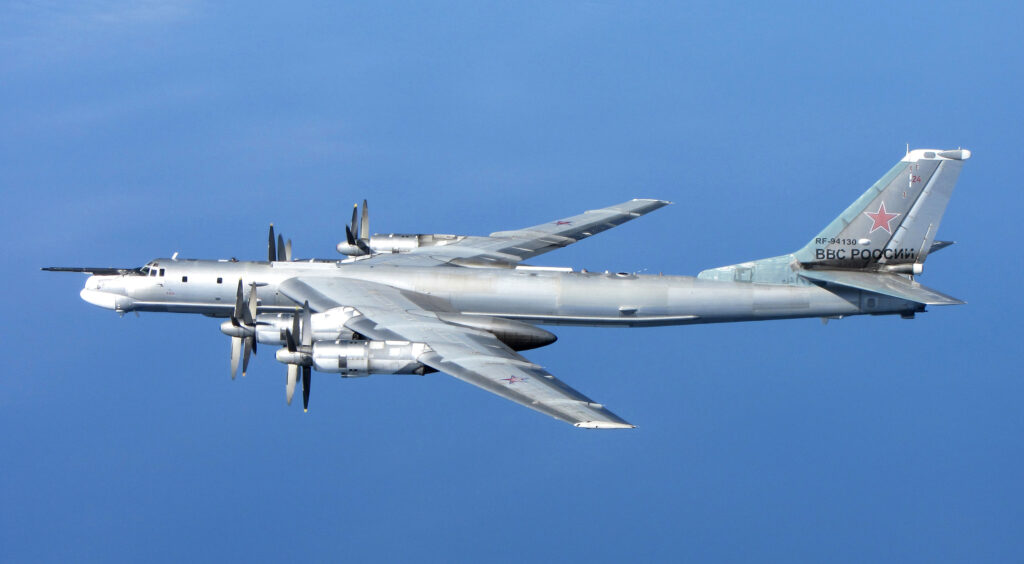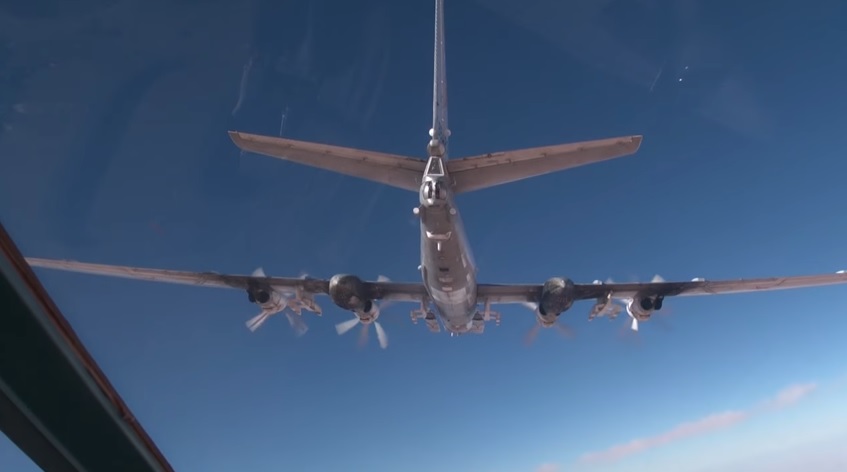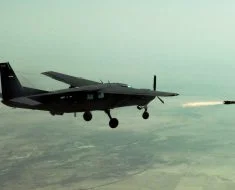QRA. Quick Reaction Alert. A tactic employed by NATO (and some other) airforces across the globe. 24 hours a day, 365 days a year fighter aircraft are ready for immediate launch to intercept hostile threats intruding into friendly airspace.
When an unknown aircraft encroaches onto friendly territory, fighter jets will leap into the sky to be ready to neutralise this potential threat or escort it into international airspace.
Read More: The US found an Air Force Buried in the Desert
Whilst this sounds extreme, it is a frequent occurrence and often involves escorting the aircraft out of home territory with no harm done. Usually, it is Russian aircraft that ‘accidentally’ wanders too close or even into airspace they are not supposed to and are told to be on their merry way.

In Europe, this role is often carried out by the Eurofighter Typhoon and F-16s. Poland, Slovakia and Bulgaria with their Warsaw pact-era vehicles use the MiG-29 Fulcrum. Croatia and Romania use the MiG-21. Some countries also use the JAS-39 Gripen and even the latest F-35 Lightning II.
One thing that all of these aircraft have in common? They are all fighters.
This leads us to the US RC-135 Rivet Joint spy plane that intercepted a Russian Tupolev Tu-95 Bear reconnaissance bomber.

The RC-135 family of aircraft are based on the C-135 Stratolifter platform and has an advanced reconnaissance system. There are many variants all with different names as a result of various upgrade programmes.
The first RC-135 was introduced back in the early 60s and has participated in almost every conflict that the US has been involved with since. It has been literally all over the world.
These intelligence-gathering aircraft are not designed for air-to-air combat, with no defence systems or offensive weapons. However, that did not stop Strategic Air Command when things got desperate.

It was common for Russian Tu-95 Bears to fly over mainland Alaska. Once the aircraft had been detected by the Alaskan Air Defense Command the nearest pair of fighter aircraft would be sent to intercept and escort the Tu-95 out of the area.
However, on this occasion, there were no aircraft available, none on standby and nothing already in the air to be diverted.
AADC panicked as with nothing in the area, who knows what intelligence the Tu-95 could gather. They promptly called up Strategic Air Command at Eileson Air Force Base in Fairbanks to see if they had any available aircraft that could intercept.

Unbelievably the only aircraft they had available was an RC-135 that was performing training in the area. The crew was contacted and their mission was now to race to the potential threat.
Once the Tu-95 had been located the RC-135 pulled in low and behind and then banked alongside them! After the international dance of hand signals and radio communication was established, it was even more to the Russian crew’s surprise that they were spoken to in Russian!
One of the operators aboard the RC-135 spoke fluent Russian and asked if they were lost. To which the reply was yes (obviously).

After giving them directions, the RC-135 escorted the Tu-95 out of US airspace and sent them on their way back home.
Read More: “Taffy” Holden – The Aircraft Engineer Who Accidently Took Off
Once back at base and recalling the event, that particular craft had a red star painted on the nose and had its designation changed to FC-135 (fighter)!
If you like this article, then please follow us on Facebook and Instagram.







